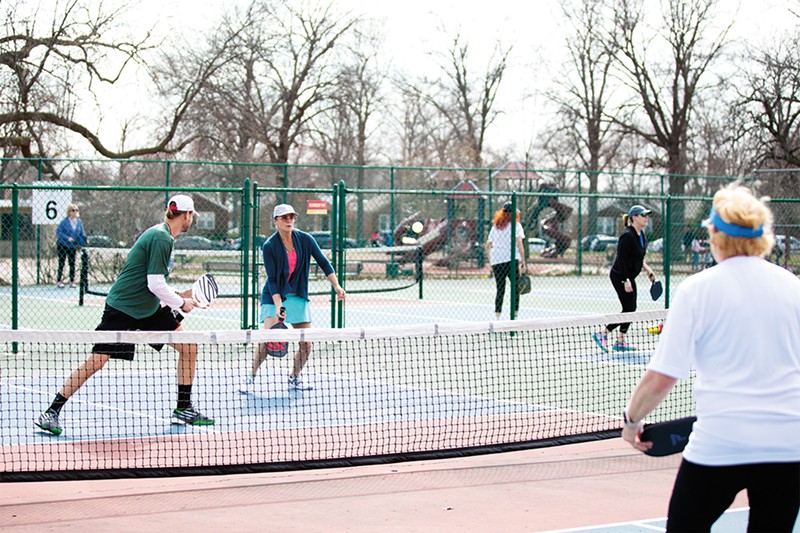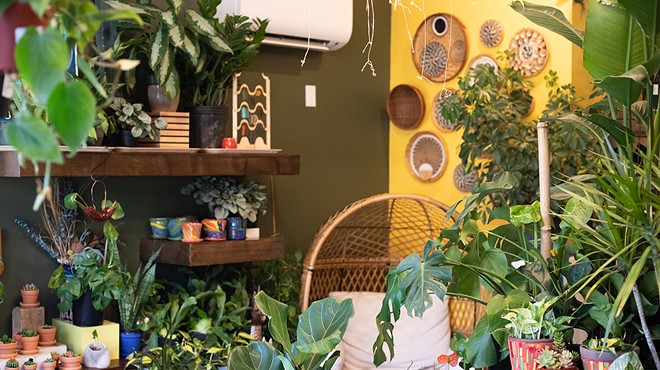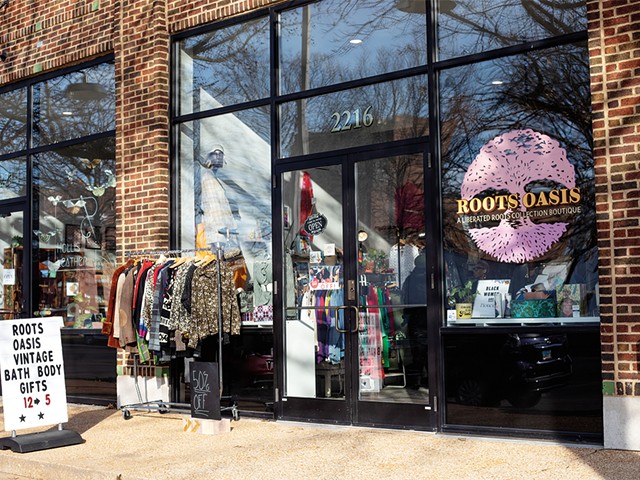
Teri Clemens never thought she would go from coach to player — but that's just what she did.
At 67, Clemens isn't coaching like other people her age. Been there, done that: Clemens won seven national championships during a legendary 14-year run as the volleyball coach at Washington University. But then she had to stop coaching volleyball due to health issues — and now?
"I'm kind of a pickleball nut," she says.
At a time when most people are retiring, Clemens is trying to revive her athletic career — and she's become one of the best pickleball players in the country. She coaches, she plays, she practices. Last year, she traveled across the country, winning a national championship in the 60-and-over division.
"It offered me the competitiveness that my soul craves," she says, "but it also offered me more fitness than golf might have."
Clemens' story— winning national championships as a coach and returning to a different sport as a player — is unique. But her introduction to pickleball is not.
You've probably heard it before. It seems almost like a cliche at this point. A person stumbles upon pickleball, and pow, they become hooked. But as much as tennis people may disagree, it's true. Seen as a relatively cost-efficient, easy-to-learn sport, pickleball has in recent years exploded across America.
In 2021, about 5 million people in America played the sport. From August 2021 to August 2022, that number climbed to 36.5 million, according to the Association of Pickleball Professionals. One retirement community in Florida now has 220 pickleball courts.
"It's a sport where you can just have four paddles and a ball and go out with your family and play," Clemens says.
But it's not just ordinary people playing the sport. Power players are pouring money into the sport. There's a professional pickleball league, with investments from LeBron James, Tom Brady and Chris Evert. The enthusiasm and money has reached such a point that a New Yorker headline even posed the question: "Can Pickleball Save America?"
St. Louis is no different.
When Cindy Butler started playing in 2014 after injuring herself in soccer, the pickleball community was tiny, with fewer than 100 people on the official USA Pickleball Association mailing list — for the entire region. There were no designated pickleball courts, and she had to create court lines out of painter's tape.
When Mike Chapin began playing pickleball in 2014, the tennis courts near his home in the city's Tilles Park were cracked with weeds peeking out. People didn't even play tennis on the courts — and they definitely didn't play pickleball.
But Chapin wanted to play pickleball. So he fixed up the courts and started hosting free pickleball leagues. The number of participants kept growing and growing — until he caught the ear of the city's Recreation Department.
Since then, the city has begun investing in pickleball courts. In St. Louis alone, there are now courts in seven public parks, including Carondelet, Forest Park and Tower Grove. Throughout the region, USA Pickleball lists nearly 40 courts.
Pandemic-fueled isolation turned many St. Louisans onto pickleball, a sport that could be played from a social distance. Now private companies have also poured resources into the region. Vetta Sports runs clinics, tournaments and leagues. In 2021, a pickleball-only indoor facility, Missouri Pickleball Club, opened in Fenton, dubbed the largest of its kind in the entire country. A regional tournament in Forest Park in 2022 turned out over 600 players from 30 different states.
Coventry Direct, a life insurance company, compiled data to determine the best pickleball cities. St. Louis ranked fifth, featuring the most pickleball clubs and communities per 100,000 residents, along with the fifth-highest number of outdoor courts.
"Believe it or not," Butler says. "We went from nothing in about 10 years to fifth best in the nation."
Looking ahead, the rapid influx of players might become an issue. Or maybe it's already starting. The sport has ballooned — and organizers are playing catch up. Sports Illustrated called pickleball the "wild, wild West." At one point, the sport cost little, if anything. You could just walk into a city park and play. But businesses are smelling the money. Costs are rising, with clubs, leagues and court fees.
At one point, you could find a court whenever you wanted because there were no players. But now, head over to Carondelet on a beautiful afternoon, and you'll find every court full. Chapin calls it a "double-edge" sword.
"It's fun, but it's also popular," he says.
But there's a solution to that, Chapin says: more courts, more resources and more pickleball.
Read more City Guide stories:
Follow us: Google News | NewsBreak | Reddit | Instagram | Facebook | Twitter







